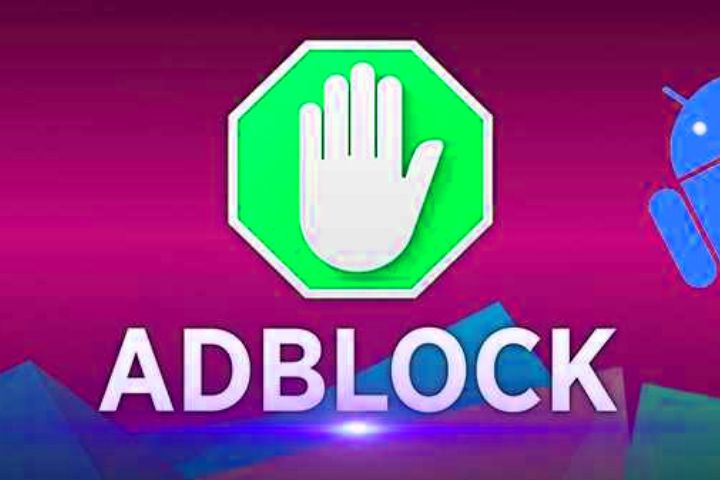AdBlockers: How To Adapt Your Marketing Strategy To AdBlockers?

AdBlockers : It’s no secret that the web’s business model relies heavily on the revenue generated by ads. Unfortunately, they are not always to the taste of Internet users: they use more and more tools to hide them, ad blockers. Rather than deplore them, it is now a question of accepting their use and adapting your web marketing strategy accordingly.
Table of Contents
Zoom On AdBlockers: What Is It?
An adblocker, or ad blocker is a small software that allows Internet users to stop the display of advertisements on websites. Easy to install, they are mostly offered as extensions that you add to your favorite browser (Adblock plus, for example, on Google Chrome).
The principle of an adblocker is simple: once installed, the tool scans the source code of the page visited by the user. It identifies the advertising content present on the page and blocks its display. For its users, ad blockers also have another advantage: by preventing advertising elements from being displayed, whether they are images or autoplay videos, pages take less time to display.
Originally designed to combat increasingly intrusive advertising formats and improve the quality of navigation, ad blockers have become a real social phenomenon. Today, it is estimated that more than 600 million Internet users worldwide use an ad-blocking solution. In France alone, one in three people is now equipped with it.
Also Read : Marketing Strategies
How To Adapt Your Digital Marketing?
For advertisers as well as for content publishers who derive revenue from it, these figures can seem a priori worrying. This is not the case: indeed, it is not so much the advertising as the way in which it is broadcast that poses a problem for Internet users. In short, it’s all about compromise.
A survey by the company Eyeo, which publishes the AdBlock Plus software, showed that about 60% of Internet users would rather filter ads than block them completely. Many are also willing, according to this survey, to disable their ad blocker if the site they are visiting does not flood them with advertisements.
In short, the heart of the problem is not the advertising itself, but rather its quantity and the way it is displayed. The less intrusive it is, the better it will be accepted. That’s why companies are now betting on new advertising formats, discreet, but just as effective, to replace invasive pop-ups.
This new way of advertising is based on the principles developed by inbound marketing: it is about offering Internet users relevant content that will make them come naturally to your site. Easier to say than to do, you tell us! Not if you apply the following few tips.
Leave out display advertising
As you can see, anything that bothers Internet users when they browse will not serve your marketing strategy. Also, advertising placards present on websites or painful pop-ups, which desperately seek to capture the attention of visitors, are to be avoided.
Two reasons for this. The first is that display advertising is regularly the cause of a bad experience for Internet users. On the one hand, it often blurs access to the content that interests them and, worse, it can be a source of annoyance for Internet users: who, in fact, has never clicked by mistake on a pop-up window that appears when opening a site? Enough to give a bad image of your company.
The second is that traditional advertising will be the first target of an adblock. According to an old study, ad blockers would impact between 20% and 50% of advertising displays on the net. In other words, the expenses you will devote to advertising will be useless.
Develop a real content marketing strategy
One of the most effective ways to fall through the cracks of adblocks is to develop a non-intrusive, intelligent advertising strategy with high added value for your prospects. Content marketing, or content marketing, is one of the most appropriate responses to the level of advertising expressed by Internet users who install ad blockers.
Pillar of inbound marketing, content marketing is a strategy that consists of producing informative content, pleasant to read, which answers the questions of your prospects. In connection with your field of activity, this content can take different forms: from blog articles to newsletters to social media posts or white papers.
Properly conducted, a content marketing strategy has two main advantages:
- It significantly improves your visibility on the net. As long as you produce quality and well-optimized content, you boost the ranking of your pages on the SERPs by raising them on queries that affect your sector of activity. Enough to generate qualitative traffic and improve your conversion rate.
- It allows you to establish a relationship of trust with your prospects. By generating reliable and useful information for the consumer, you highlight your position as an expert in your field of activity. Your content will enhance your business to your prospects, who will appreciate your business knowledge compared to your competitors.
A content marketing strategy is envisaged in the long term: it requires preparation, rigor and regularity to produce content that can retain your targets. This is why using the services of a web editorial agency is often welcome.
Try influencer marketing
In addition to content marketing, influencer marketing is a good alternative to promote your offers on the net. New stars on social networks, influencers, operating in particular on Instagram or YouTube, have acquired in recent years a real power of prescription with their communities. Influencer marketing uses this power to promote a brand, offer, or product.
Initially confined to fashion, fitness or cosmetics, influencers are now imposing themselves in all areas, including B2B. In this sense, for it to be successful, the first step of a good influence strategy is to identify the right influencer: he must be sufficiently known, but also that the collaboration has a meaning. It must be consistent with your field of activity, your target and the tone of your communication.
Collaboration with an influencer takes many forms, from the most minimalist to the most complete. It can go from a simple mention or identification of a product or brand on a post on Instagram to a blog post or a video dedicated to a product.
Last point, as you can imagine, collaboration with an influencer is not free. It depends on the formats, content and, above all, the number of followers or followers of the influencer. That said, the money invested in this type of promotion will always be better used than in a display campaign.
Also Read : Wi-Fi Booster






